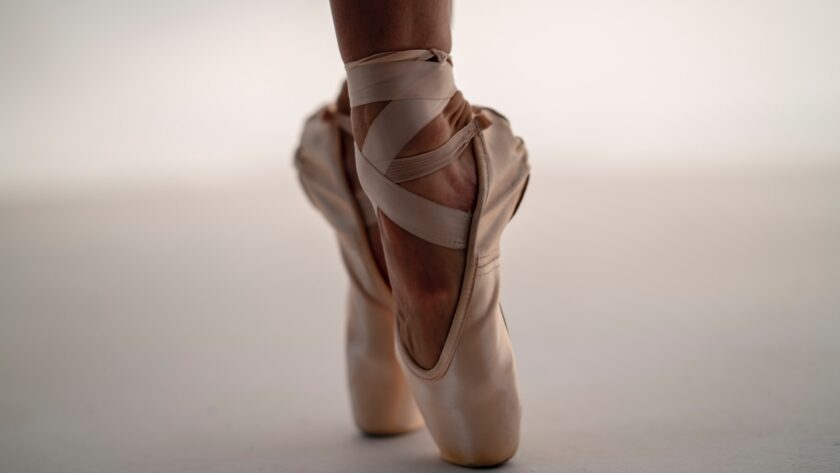In the captivating world of dance, jazz stands out as a rhythmic and expressive form that showcases the fluidity and creativity of movement. At the heart of this art form lies a crucial element: the perfect pair of jazz shoes. From professional dancers to beginners, men exploring their passion should invest in these shoes that provide comfort, flexibility, and stability. This article delves into this popular dancewear, mens jazz shoes, exploring their characteristics, benefits, and tips for selecting the ideal pair to elevate your dance experience.
Understanding the Artistry Behind Jazz Shoes:
Jazz shoes are designed to facilitate the intricate footwork, spins, and jumps of jazz dance. Crafted with a combination of leather or canvas uppers and suede or rubber soles, these shoes offer flexibility and grip simultaneously. The low profile and split sole construction allow maximum arch flexibility and foot arching, enabling dancers to execute precise movements and shifts seamlessly.
Key Features to Consider:
Material: These shoes are typically available in leather or canvas. Leather offers durability and moulds to the foot over time, providing a personalised fit. On the other hand, canvas shoes offer breathability and flexibility, making them a popular choice for dancers seeking a lighter feel.
Sole Type: Jazz shoes feature either a suede or rubber sole. Suede soles are renowned for their excellent traction and ability to glide smoothly across dance floors, allowing dancers to execute quick turns and spin effortlessly. Rubber soles enhance durability and grip, making them suitable for various dance styles, including street jazz and hip-hop.
Closure Options: These shoes can have lace-up, slip-on, or buckle closures. Laced shoes offer a customisable fit, ensuring optimal foot support. Slip-on styles are convenient and easy to use, making them ideal for quick changes during performances or rehearsals. Buckle closures combine the benefits of adjustability and secure fitting.
Finding the Perfect Fit:
Sizing: Choosing the right size is crucial for comfort and performance. Jazz shoes generally run smaller than regular street shoes, so it is advisable to refer to the manufacturer’s size chart or consult a dance shoe professional for accurate sizing guidance.
Toe Room: Optimal toe room allows for freedom of movement while preventing discomfort. Ensure the shoe’s toe box is spacious enough to wiggle your toes without being too loose.
Arch Support: Adequate arch support is essential to prevent fatigue and maintain proper alignment. Look for shoes with built-in arch support, or use arch inserts for added comfort.
Ankle Support: While jazz shoes are known for their flexibility, they should still provide some ankle support. Ensure the shoe fits securely around the ankle to prevent injuries and promote stability.
Caring for Your Jazz Shoes:
Cleaning: Regularly remove dirt and dust from your jazz shoes using a soft brush or cloth. Use a leather cleaner or damp cloth to wipe away stains for leather shoes. Canvas shoes can be spot cleaned with mild soap and water. Allow the shoes to air dry well before storing them.
Storage: Proper storage helps maintain the shape and longevity of jazz shoes. Avoid leaving them in extreme temperatures or damp environments. Store them in a breathable bag or shoe organiser to prevent dust accumulation and maintain quality.
Conclusion:
Jazz shoes form an essential component of a dancer’s toolkit, providing the necessary comfort, flexibility, and support to bring movements to life. Whether you are a seasoned performer or a beginner stepping into jazz dance, selecting the right pair of mens jazz shoes is crucial for optimal performance and enjoyment. You can embark on a dance journey that combines elegance, creativity, and effortless style by considering the various features, fitting tips, and caring for your shoes. So, put on your jazz shoes and let your rhythmic footwork take centre stage!





